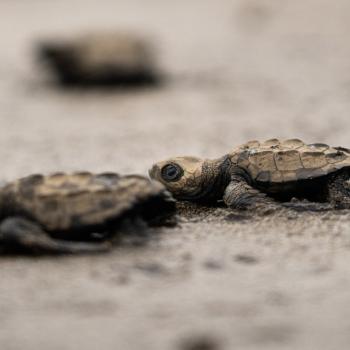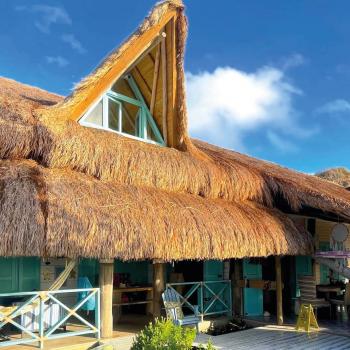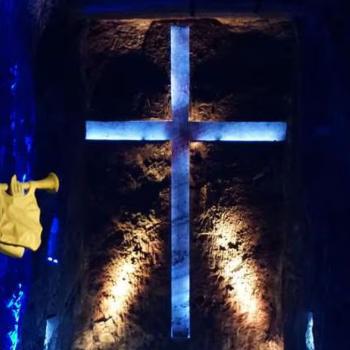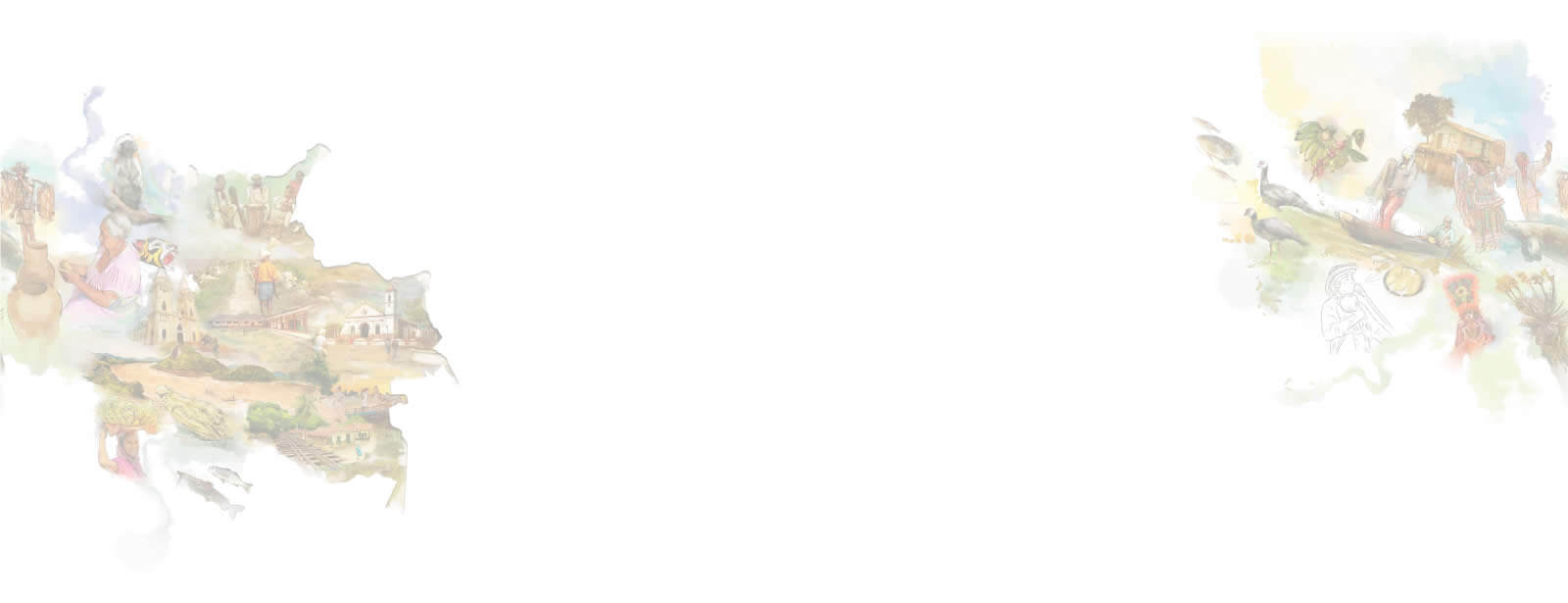Colombia is known for its tropical temperatures, giving rise to humid jungles filled with rare birds and animals, and plants and flowers in every color under the sun.
Few visitors realise they can also hike a majestic glacier in Colombia, in a place where the snow falls and fascinating creatures have evolved to survive amid the snow and ice.
That place is the Sierra Nevada de El Cocuy which, from the window of an aircraft, looks like a strand of very white pearls shining in the Andean sunshine. In fact, those pearls are a chain of snow-capped mountain peaks packed densely close together.
El Cocuy National Natural Park, in the eastern Andes mountains, is a protected nature reserve that represents the greatest mass of ice in Colombia. It stretches into the picturesque departments of Boyacá, Arauca, and Casanare.
Most of this stunning mountain range can be explored on foot and the Sierra, also known by its local names of Güican and Chita, has long been a favorite destination among Colombian and international climbers and mountaineers.
Everywhere you look, El Cocuy sparkles with incredible landscapes that flicker between rock, ice, and snow. It’s a great place to go hiking and camping amid the mountains, páramos and forests that stretch from the deepest valleys to the snowiest peaks.
Here we explain why El Cocuy is such a great destination for nature lovers and those in search of extreme adventure.
You may also be interested in: Destinations with amazing nature

What makes El Cocuy so special
El Cocuy is not just an excellent place to hike, go rock-climbing and take incredible photographs. It’s also a valuable water reserve that covers some 306,000 hectares.
One reason it has such stunning landscapes is because its peaks range from a mere 600 to a dizzying 5,330 meters above sea level, giving it some of the highest points in the entire eastern Andes.
If you’re in search of that elusive snow in Colombia, it’s worth remembering that the number of snow-covered peaks does vary according to climatic conditions and recent snowfall. There are currently 18 snow-covered peaks, with numerous glacial lakes.
Keen hikers should watch out for the main rainy season, which tends to run from January to March, as well as the rainier season, which runs from May to June. Mean temperatures in El Cocuy range from a warm and sunny 24º C down to a chilly - 3º.
El Cocuy is a great example of Colombia’s unparalleled biodiversity and one great reason to explore the park is the chance to experience the wildlife and diversity of six different thermal floors: hot, warm, cold, paramo, super-paramo, and, of course, snow.
Tapirs, corn monkeys and all of the wild cats found in Colombia, which includes jaguars, ocelots and pumas, can occasionally be spotted in the park, as well as a great number of birds.
In terms of local communities, the Tunebo indigenous group live in the foothills of the Sierra, and occasionally members of other groups arrive from other reserves.
These indigenous peoples value the park immensely and work hard to protect it.
Things to do in El Cocuy
High mountain hiking and rock and snow climbing are the two standout activities in El Cocuy and local tour groups and guides are always on hand to help organise your trip and make sure you have access to all the right equipment.
The park’s best-loved snowy peaks are Ritacuba, Pan de Azúcar, El Castillo and Pulpito del Diablo and, besides presenting great physical challenges, they also make for excellent photographs.
Similarly, lakes like Los Verdes, Grande de la Sierra, La Isla, La Plaza, and El Avellanal are well worth exploring and shine like mirrors in the glacial sun.
Once you’ve exhausted yourself with high-altitude activities and adventure, the hot springs in Güicán offer a great way to relax and meet other visitors.
Besides the wild cats and monkeys previously mentioned, you may also spot the famously shy spectacled bear as well as royal eagles in the sky.
Flora to look out for in the park includes the water-preserving frailejones, with their distinctive yellow flowers, and timber trees, including amarillos, cedars and totumos.
The U’wa indigneous reservation is located in the northeastern part of the park.
How to get to El Cocuy
The best way to reach El Cocuy is to travel by road.
- From the southwest: take the Tame - Sacame route, which takes around 2 hours.
- From the northeast: travel from Curabá to El Chuscal (U’wa Indian Reservation) which takes around one hour.
- From Bogotá: the best way is travel through the Carretera del Norte to Tunja, and, from there, Duitama - Belén - Boativa - La Univta - San Mateo - Guacamayas - Panqueba and, finally, El Cocuy road.
From Bogotá it’s also possible to take the Carretera del Norte to Tunja and, from there, travel via Duitama - Belén - Tipacoque - Capitanejo - El Espino - Panqueba and, at last, El Cocuy road. These trips take between 11 and 12 hours.
You may also be interested in: Destinations with dream experiences























